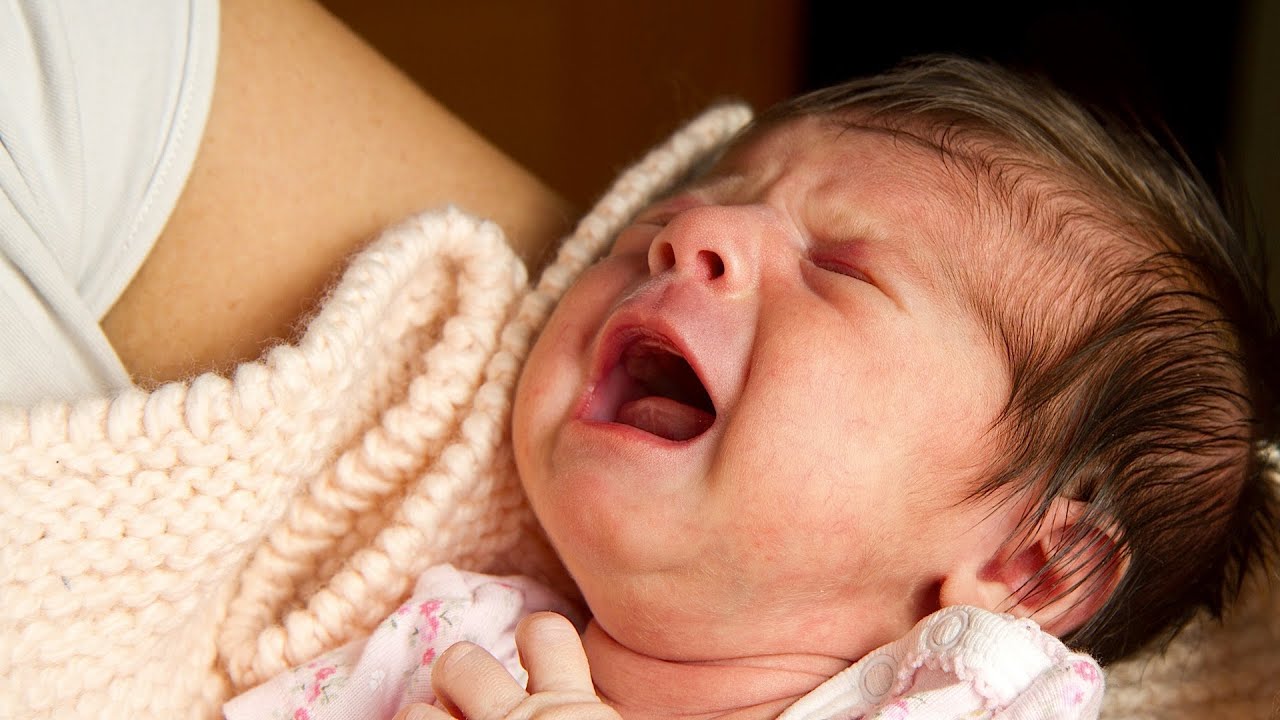
You’ve probably wondered why do kids cry in their sleep. The first time you hear it, you’ll likely turn on the monitor, only to find a baby with closed eyes. You may go to check on them to see if they’re OK, only to wonder if there’s a problem. Fortunately, there are several possible reasons why kids cry in their sleep. Listed below are some of the most common causes:
Excessive crying can be caused by several factors
While it’s difficult to pinpoint the exact cause of excessive crying in kids’ sleep, many factors may contribute to the problem. According to one study, children with excessive crying were nearly eight times more likely to have difficulty eating or sleeping. Another study suggests that parents who have depression may be more likely to notice their child’s excessive crying. While there are many factors that contribute to excessive crying in kids’ sleep, there are several things you can try to help your child relax and sleep well.
The first thing you should know is that crying is a child’s first form of communication. As a parent, you will learn to identify your child’s cry and know when it is appropriate to intervene. If the crying persists for several hours a day, your child may have a medical issue, such as abdominal colic, which is an over-inflation of the gastrointestinal tract. This condition is usually harmless, but it can also lead to other behavioral issues in children as they grow older, including sleep and feeding disorders. In addition to crying excessively at night, your child may also exhibit behaviors that are associated with the toddler stage, including excessive fussiness and temper tantrums.
Among the most common causes of excessive crying in children is a lack of sleep. While excessive crying may not stop within the first three months, the condition is likely to persist and increase your child’s risk of developing behavioral or emotional disorders. Fortunately, there are many treatments for excessive crying in kids’ sleep, including developmental counseling and parent-infant psychotherapy. While identifying the exact cause of your child’s crying, you can focus on preventing the situation and limiting the duration of your child’s crying spells.
Night terrors
What is a night terror? Often, kids with these episodes scream, thrash around, and cry during the night. This ailment is rare, though it does affect as many as 15% of children. Symptoms can be subtle and are not always noticeable. Children with this disorder often have additional behavioral problems, including excessive sleepiness and crankiness. A night terror occurs when the brain transitions from one type of sleep to another during the night.
A night terror usually occurs at the same time each night, so if your child suddenly wakes up during the night, try to wake them at least 30 minutes before the terror. This will break their sleep cycle and prevent them from resuming their normal sleep. If your child does wake up during the night, try to stay with them for at least five minutes. However, it is crucial to remember that night terrors usually last only a few minutes and that they will not remember it later.
It is important to remember that children rarely remember these experiences, but those that do often report fighting monsters or running away from a potential threat. Kids may also experience sleepwalking, or even make attempts to move while in their sleep. These movements can be harmful to their health. The condition is more common in young children than adults. It’s thought that one third of all toddlers experience night terrors at some point in their lives.
If your child experiences night terrors more than a few times a night, keep a sleep diary to document the frequency of the episodes. It may help to create a positive bedtime routine. And you’ll bond more with your child as well by helping them get the sleep they need. Keep in mind that the only way to cure a night terror is to get the child plenty of sleep. And if you can’t do that, you should seek a doctor’s referral for further treatment.
Acid reflux
Infants often suffer from GER. Even though reflux episodes are not life threatening, they often wake the child up during the night. In addition to waking the baby, reflux can cause vomiting, colic, and other unpleasant symptoms. There is no reliable estimate of the incidence of full-blown GERD in infants, but some researchers believe that as many as 4% to 6% of children suffer from this condition. Regardless, the best treatment for infants suffering from GERD is to give them smaller doses of food more often, and to hold them upright after feedings.
Many parents find that the best treatment is changing your child’s diet and lifestyle. Avoiding smoking and limiting the amount of cow’s milk a child consumes can help alleviate some symptoms of reflux in infants. Exercise is also important, but is often overlooked. For severe cases of reflux, a doctor may prescribe medication to reduce the amount of acid in the child’s stomach. While infants with GERD are not as likely to cry at night, the medication is not always effective.
The symptoms of GERD in children usually last for two to three hours. Symptoms may include excessive crying, colic, or an allergy to milk. In most cases, these symptoms are not life-threatening, but a visit to the doctor should be necessary if they persist. However, there are several causes of nighttime crying, including GERD and milk allergy. The good news is that many of these conditions are temporary and can easily be treated with a healthy diet and lifestyle changes.
While it may be difficult for parents to recognize when a baby is suffering from GERD, it is important to note each episode. If your child does cry during an episode, it is because the acid reflux is uncomfortable and causing him/her to be uncomfortable. Often, this condition occurs in babies who are otherwise healthy and active. In some cases, babies do not cry at all during the day. Nevertheless, the discomfort is severe enough to keep children from sleeping through the night.
Milk allergy
A milk allergy is one of the most common food allergies in early childhood. It is the most common food allergy in children under three. It can cause your child to experience nappy rash and frothy diarrhoea. The reason why your baby may experience milk allergy is because of the lactase enzyme, which is essential for digesting lactose.
Other symptoms of a milk allergy include blood in stool, hives, scaly skin rash, watery eyes, cough, blood in the stool, trouble breathing, swelling and bluish skin color. If these symptoms are present in your child, see a doctor as soon as possible. If the allergy does not go away, you may have an underlying milk protein sensitivity. If you suspect your child has a milk allergy, you must treat the underlying problem before a milk-allergic condition can develop.
It’s important to remember that milk allergies typically manifest themselves during the first year of life, when the baby’s digestive system is still developing. Lactose intolerance, on the other hand, starts in early childhood and continues through adolescence and can develop as the child grows older. All dairy products contain lactose, which is a type of sugar found in milk. Some cereals, frozen foods and canned goods are also lactose-containing.
Once a milk allergy has been suspected, a pediatrician can test your baby’s milk and provide a proper diagnosis. Depending on the severity of the reaction, a doctor can give you advice on what changes you should make to ensure your baby’s comfort and safety. It’s possible for your child to grow out of their milk allergy, so it’s important to seek a doctor for proper diagnosis.
Stress response
There are positive and negative stress responses in children. The former occurs when the child experiences a stressful event that occurs once in a while, such as a natural disaster, divorce, or death in the family. When the child is raised by a loving adult, this stress is largely tolerable. In some cases, the response has beneficial effects and helps the child adjust to the new situation. The latter, on the other hand, causes the child to cry in their sleep as a response to the stress.
Positive stress is good for children, as it helps them meet deadlines, focus on tasks, and build inner strengths. However, the chronic effects of stress on the development of kids’ brains may prove detrimental. Children with persistent crying episodes are more likely to develop ADHD, poor school performance, and antisocial behavior. Therefore, it is vital to recognize the causes of this stress and try to reduce them. Alternatively, you can seek help from your pediatrician, who will be able to identify the cause of your child’s crying.
Although leaving a crying baby in their crib may provide some short-term relief for a family, it is highly unlikely to be a healthy way to go about the child’s development. There are several other reasons why sleep-crying is not a good idea, including physical or emotional disorders. However, no matter the reason, crying can cause a stressful situation to develop. The first reason is that babies are transitioning from deep sleep to lighter sleep, and this is a natural process.
While some research shows that parenting and environment can influence a child’s biological processes, others suggest that it can affect their stress reactivity. This study examined the effects of parenting on children’s biological functioning and cortisol secretion. The current study focuses on the biological reasons for crying in children, but a future study should examine the interaction between these factors. While a study of this nature is not conclusive, it is clear that there is a relationship between the environment and the child’s behavior.


